Text
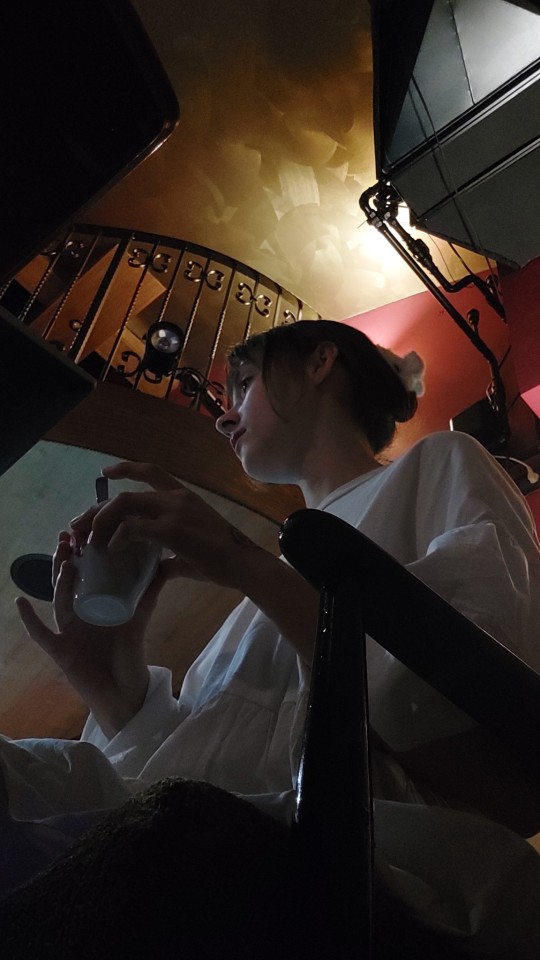
Since the café in Mesnička Street closed, after a year, I have finally moved to its new location, ready to become a permanent fixture.
#dark academia#art#romantic academia#books and literature#poetry#cafe aesthetic#victorian#lady#preppy#cafe#culture club
5 notes
·
View notes
Text

Another pretty 19th century doorknob.
#dark academia#art history#romantic academia#books and literature#art#doorknob#old door#rustic#white#pretty hands
11 notes
·
View notes
Text
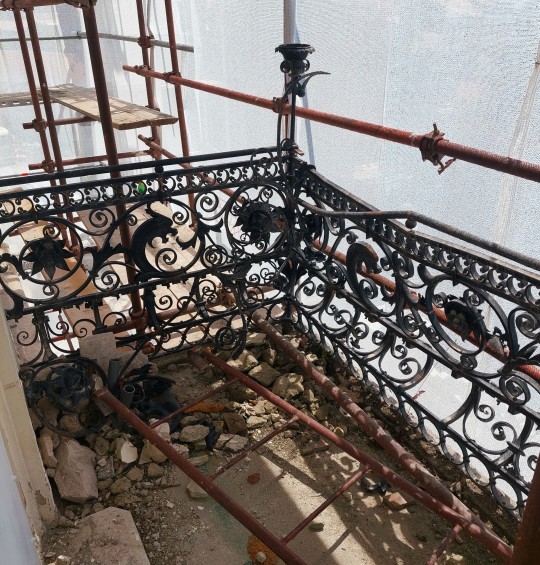
What if we called devastated historicistic Zagreb "post-industrial English Romanticism peak"?
#dark academia#art#romantic academia#books and literature#art history#historicism#earthquake#restoration#arhitecture#19th century
5 notes
·
View notes
Text
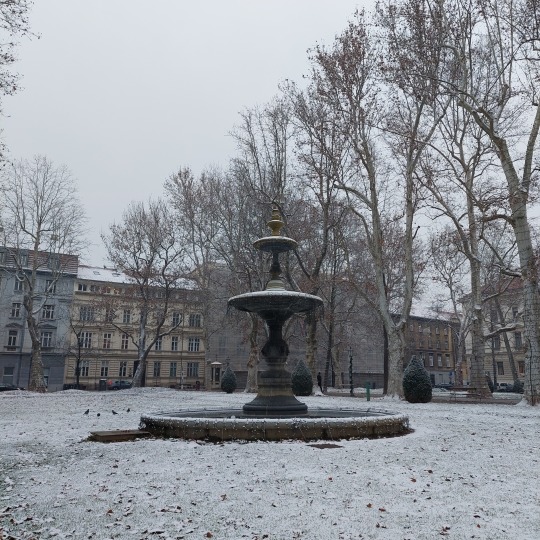



Snow...
8 notes
·
View notes
Text

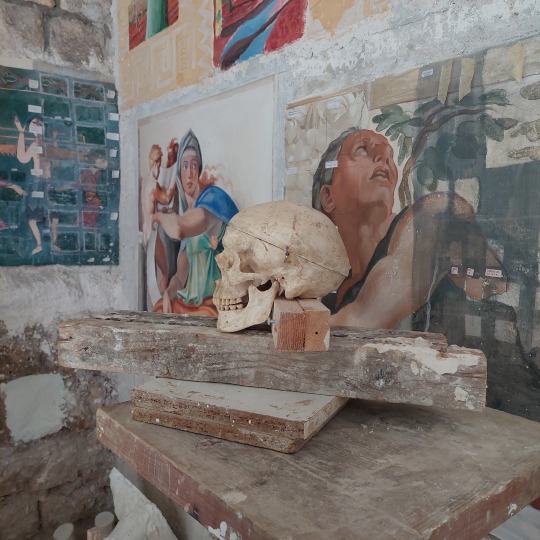


Fresco art and sculpture class
5 notes
·
View notes
Text

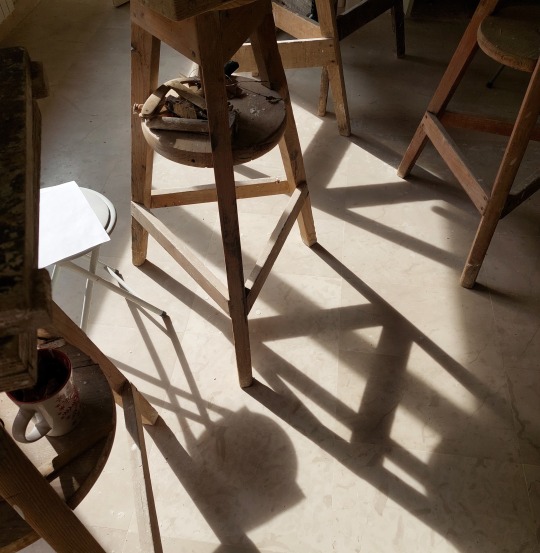
1 note
·
View note
Text

The term "Pietà" refers to a specific artistic representation of the Virgin Mary holding the body of the dead Christ in her arms. It is a scene that depicts the sorrow and grief of the Virgin Mary after the Crucifixion of Jesus. The word "Pietà" comes from the Italian word for "pity" or "compassion."
The most famous and influential Pietà sculpture is Michelangelo's "Pietà," located in St. Peter's Basilica in Vatican City. Created by Michelangelo when he was just 24 years old, it is widely regarded as one of the greatest masterpieces of Renaissance sculpture. The sculpture portrays the serene and youthful Virgin Mary cradling the lifeless body of Jesus in her arms. It is notable for its technical virtuosity and emotional depth.
The Pietà theme has been depicted in various art forms throughout history, including painting, sculpture, and other visual arts. It is a subject that has elicited strong emotional responses and has been widely appreciated for its portrayal of grief, love, and the human experience of suffering.
The Pietà also holds a significant place in Christian iconography and devotion. It is a powerful representation of the sacrifice and compassion of Jesus, as well as the anguish and love of Mary as the Mother of Sorrows. It serves as a reminder of the central themes of Christianity, such as redemption, salvation, and the triumph of love over death.
#dark academia#romantic academia#altar decor#art history#art#church#saints#mother mary#jesus#aestetic
2 notes
·
View notes
Text
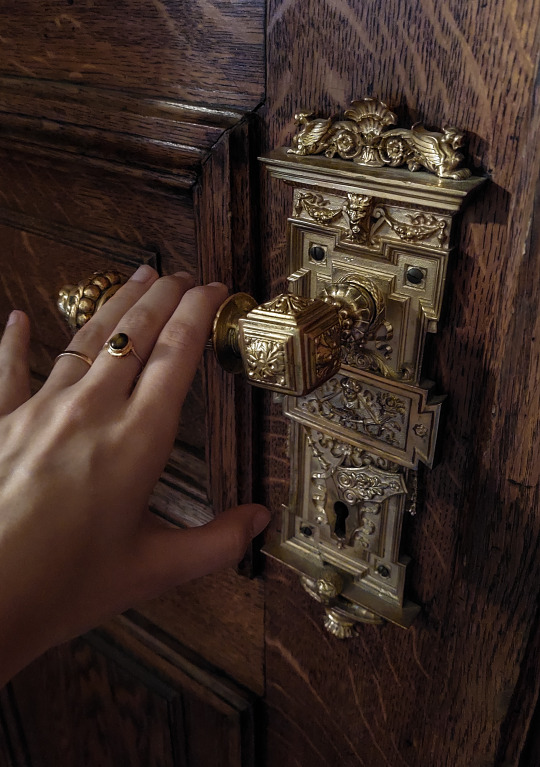
Original 19th century doorknob from one of the doors of Croatian Institute of History.
#19th century#art#dark academia#art history#historical art#dark academism#historicism#library#wood#europe#history#old door#doorknob
126 notes
·
View notes
Text

Academy of Fine Arts, Zagreb, Ilica street.
#dark academia#romantic academia#art#study aesthetic#museum#exhibition#arte conceptual#sculpture#stone#wood#white#studyinspo#university#light academia#angelcore
14 notes
·
View notes
Text
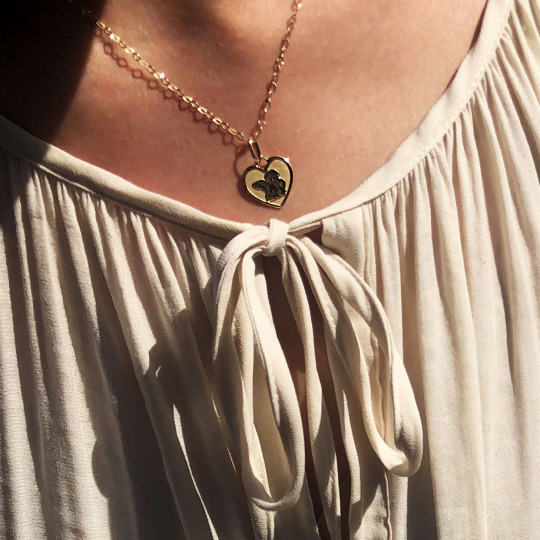


Autumn approaches and the heart begins to dream...
#romantic academia#summertime sadness#autumn#end of summer#dark academia#art#romanticism#gold#silk satin#silky#silky dress#summer aesthetic#romantic aesthetic#dead poets society#hands#pretty hands#beautiful#glowing#dress#coqette#angelcore#lana del ray aesthetic#intimate#dolette#lilly rose depp#dollete aesthetic#poetry
10 notes
·
View notes
Text

Today's view from Archiepiscopal Residence of Zagreb whose wall paintings, harmed by the earthquake, I had the opportunity to restore.
#art#dark academia#art history#historical art#dark academism#books and literature#europe#history#romantic academia#chaotic academia#chaotic academic aesthetic#academic disciplines#academic research#university#student#study#explore#adventure#field work#field trips#students#assignment#education#church#crypts#hidden secrets#harry potter#study aesthetic#conservation#restoration
503 notes
·
View notes
Text
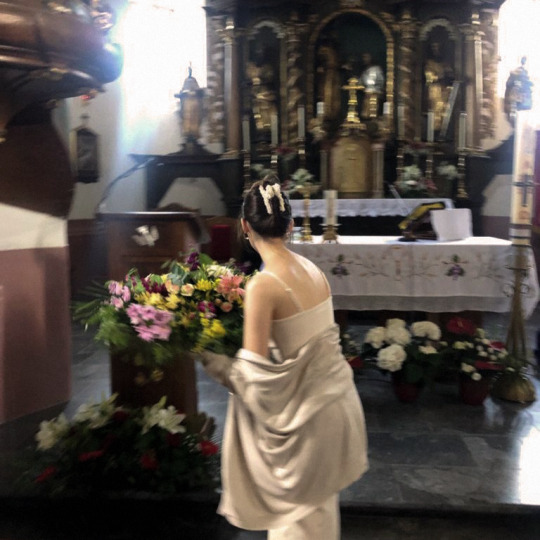

Here we were exploring St. Peter's Church in Mrežnica and its nobility crypts hidden under the carpets. While my team was decoding inscriptions, I carried flower arrangements around the place waiting for my Guardian angel to do my job :')
#art#dark academia#art history#historical art#dark academism#books and literature#europe#history#romantic academia#chaotic academia#chaotic academic aesthetic#academic disciplines#academic research#university#student#study#explore#adventure#field work#field trips#students#assignment#education#church#crypts#hidden secrets#harry potter#inscribed#altar setup#flowers
6 notes
·
View notes
Text

A detail of one of my best studies in charchoal.
#art detail#art history#dark academia#romantic academia#paper texture#art#traditional art#artists on tumblr#drawings#artwork#academia aesthetic#dark acadamia aesthetic#grey academia#europe#history#amazing body#beauty#nude study#charcoal#sketching#art study#study aesthetic#student#university#learning#gallery#tummy#bodypositivity#fine art#women artists
6 notes
·
View notes
Text

Old books from the Monastery
#dark academia#dark acadamia aesthetic#dark academia books#books and literature#art history#history#historical art#reading#library#wood#dark#romantic academia#europe#museum#study aesthetic#studyblr#cofee#monastery#art#ink#leather#paper texture#librarian#dark academic aesthetic#dark academism
27 notes
·
View notes
Text

the Nude Study class
#19th century#art#dark academia#art history#historical art#dark academism#books and literature#painting#art detail#study aesthetic#studyinspo#history#historisch#historicism#romantic academia#oil#europe#zagreb#croatia#impressionistpainting#simbolismo#impressionism#fine art#academicism#academic disciplines#education#university#study#gallery#20th century
4 notes
·
View notes
Text
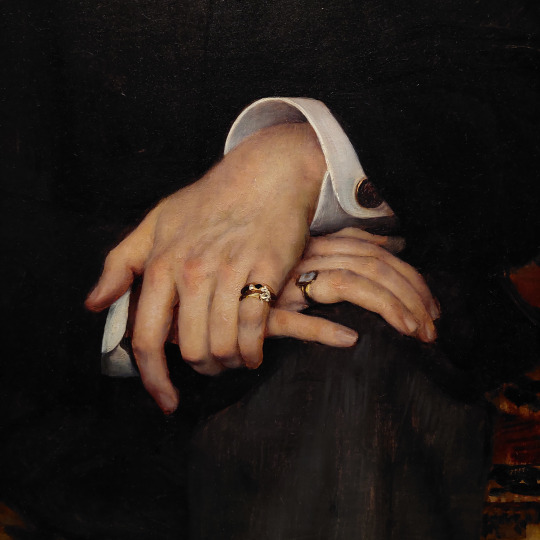
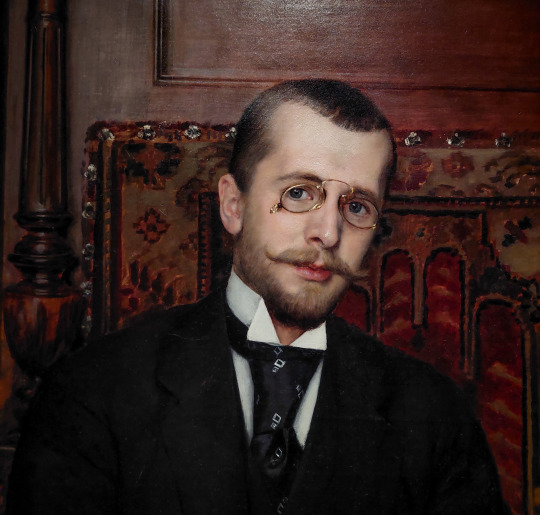
Vlaho Bukovac, Stjepan Miletić, 1894.
#19th century#art#dark academia#art history#historical art#dark academism#books and literature#painting#vlaho bukovac#art detail#study aesthetic#studyinspo#history#historisch#historicism#romantic academia#oil#theater#europe#zagreb#croatia#impressionistpainting#simbolismo#impressionism#fine art#academicism#academic disciplines#education#university#study
62 notes
·
View notes
Text
“The less the mind understands and the more things it perceives, the greater its power of forming fictions; and the more things it understands, the more that power is diminished ”
(Spinoza 26–27)
3 notes
·
View notes